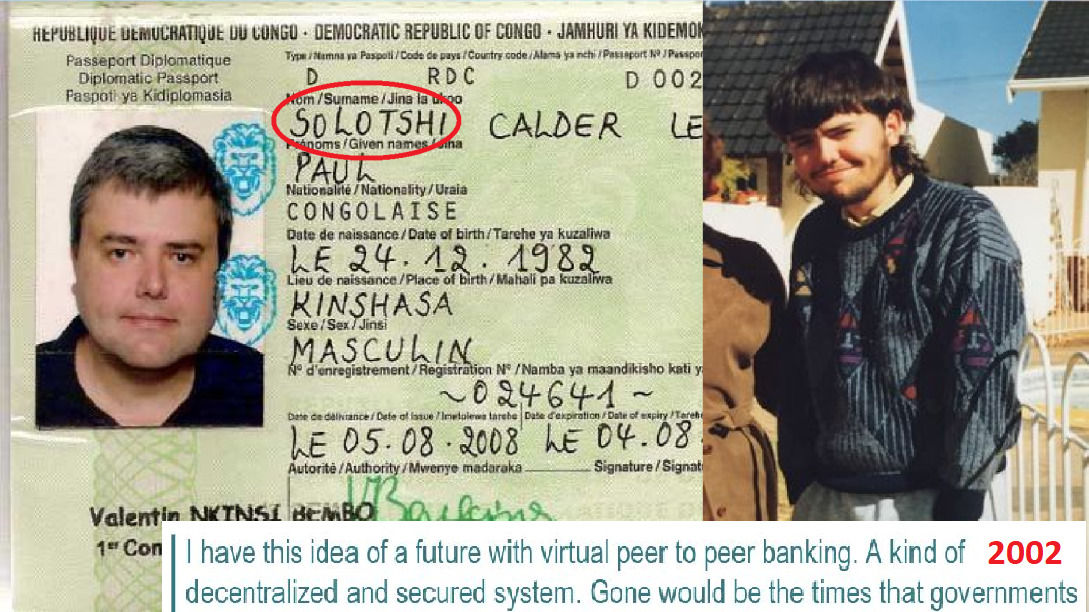There’s no question that blockchain technology has enormous potential.
Decentralized exchanges, prediction markets, and asset management platforms are just a few of the exciting applications being explored by blockchain developers.
Exciting enough, in fact, to raise over billions in ICOs and drive massive price rallies throughout 2017. The hype is real.
Don’t get me wrong. I love the fact that blockchain “hype” is helping popularize it with mainstream users. Finally, I don’t get blank stares from people when I say “Bitcoin” or “Ethereum”.
However, there’s a flipside to this story that isn’t getting enough attention: blockchains have several major technical barriers that make them impractical for mainstream use today.
I believe that we will get there, but we need to be realistic as developers and investors. And the reality is that it could be many years before trustless systems are ready for mainstream use at scale.
Some of these technical barriers include:
- Limited scalability
- Limited privacy
- Lack of formal contract verification
- Storage constraints
- Unsustainable consensus mechanisms
- Lack of governance and standards
- Inadequate tooling
- Quantum computing threat
- … and more.
In this post, I’ll walk through these technical barriers and share examples of solutions for overcoming them.
As developers, I believe it’s critical that we shift some of our focus away from shiny new ICOs to the real technological challenges standing in our way.
NOTE: There’s no way I can cover every problem and every solution out there, but I covered the ones I’m most familiar with. Please refrain from too harshly criticizing me for not including something. I’d love for you to post anything I missed in the comments and I’ll add it if I see fit 🙂 … And if I’ve made any mistakes or wrong assertions, please let me know!
1. Limited scalability
Currently, all public blockchain consensus protocols have a challenging limitation: every fully participating node in the network must process every transaction.
Why? Well, recall that blockchains are fundamentally “decentralized” — which means that no central party is responsible for securing and maintaining the system. Instead, every single node on the network is responsible for securing the system by processing every transaction and maintaining a copy of the entire state.
While a decentralization consensus mechanism offers us the core benefits of blockchain that we all care about — security guarantees, political neutrality, censorship resistance, etc. — it comes at the cost of scalability, since decentralization by definition limits the number of transactions the blockchain can process to the limitations of a single fully participating node in the network.
Two practical implications here:
- Low throughput: Blockchains can only process a limited number of transactions
- Slow transaction times: The time required to process a block of transactions is slow. For example, Bitcoin block times are 10 minutes, while Ethereum block times are around 14 seconds. These times are even longer during peak moments. Compare that to the nearly instantaneous confirmations you get when using services like Square or Visa.
As a result, public blockchains are forced to make a tradeoff between low transaction throughput and high degree of centralization.
In other words, as the size of the blockchain grows, the requirements for storage, bandwidth, and compute power required by fully participating nodes in the network also increase. At some point, it becomes unwieldy enough that it’s only feasible for the few nodes that can afford the resources to process blocks — leading to the risk of centralization.
At that point, we’ve made a full 360-degree turn and gotten back to a centralized system that requires trust in a few big players, whereas what we want is a system that handles thousands of transactions per second with the same levels of decentralization that cryptocurrency originally promised to offer.
Scalability Solutions
Ideally, we want a blockchain design that has similar or better security properties to Bitcoin and Ethereum, while being able to function without every single node having to process more than a certain percentage of the total transactions in the network. In other words, we need a mechanism to limit the number of nodes that need to validate each transaction, without losing the network’s trust that each transaction is valid and authentic. It might sound simple in words, but is technologically very difficult.
Scalability is a large roadblock to the future success of the platform. There are a few proposed solutions that are currently being worked on by various development teams in the ecosystem. I’ve written about this topic extensively in a previous post, which I recommend you read if you’re interested. For a brief summary of some of the current solutions, see below:
Source/More: Fundamental challenges with public blockchains – Preethi Kasireddy – Medium
















